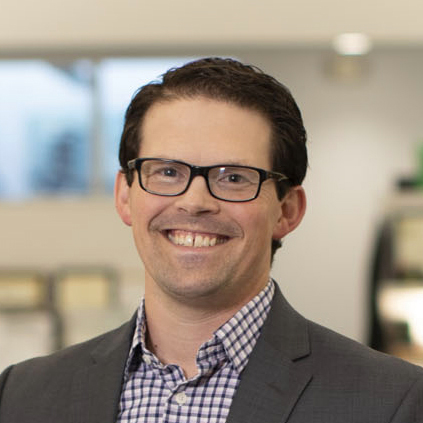Home » Keywords: » carbon
Items Tagged with 'carbon'
ARTICLES
EVENTS
Sponsored Webinar Sponsored Webinars BE University
11/16/23 to 11/16/24
Contact: Demi
Codes, Standards, and Compliance… Oh My
Sponsored Webinar Sponsored Webinars BE University
12/7/23 to 12/7/24
Contact: Demi
Newly Proposed Urban Policies and How They Benefit Cities
Enhance your expertise with unparalleled insights.
Join thousands of building professionals today. Shouldn’t you know what they know?
SUBSCRIBE TODAY!Copyright ©2024. All Rights Reserved BNP Media.
Design, CMS, Hosting & Web Development :: ePublishing
.jpg?height=168&t=1725456159&width=275)
.jpg?height=168&t=1724770715&width=275)

.jpg?height=168&t=1723729705&width=275)

.jpg?height=168&t=1723465998&width=275)


-redo.jpg?height=168&t=1719255411&width=275)

